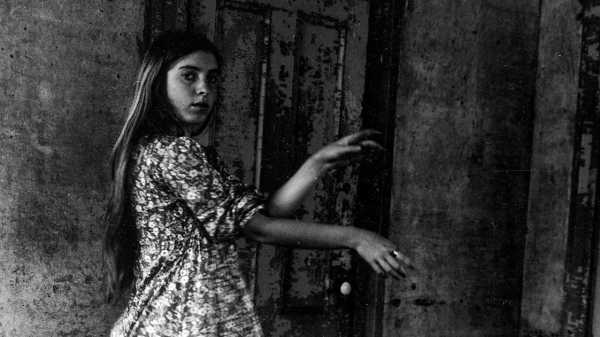
Save this storySave this storySave this storySave this story
Francesca Woodman did not come by her artistic precocity by accident. Her father, George, was an abstract painter. Her mother, Betty, was a ceramicist. Both made clear to Francesca that art was worth situating at the center of life. During the summers, the family would retreat to a house in the Tuscan countryside and make trips to see the works of the Florentine masters. While her parents performed their own acts of artistic devotion, Francesca was allowed to roam the museums alone, and came back with sketchbooks full of women in elaborate gowns, copied from court paintings centuries old. Her older brother, Charles, had juvenile diabetes, which was comparatively dangerous and rare in the nineteen-sixties. “It created a kind of family dynamic where there was always attention and control on Charlie, whereas Francesca was much freer in her life,” their father once recalled. “If she didn’t come home for supper, who cared?”
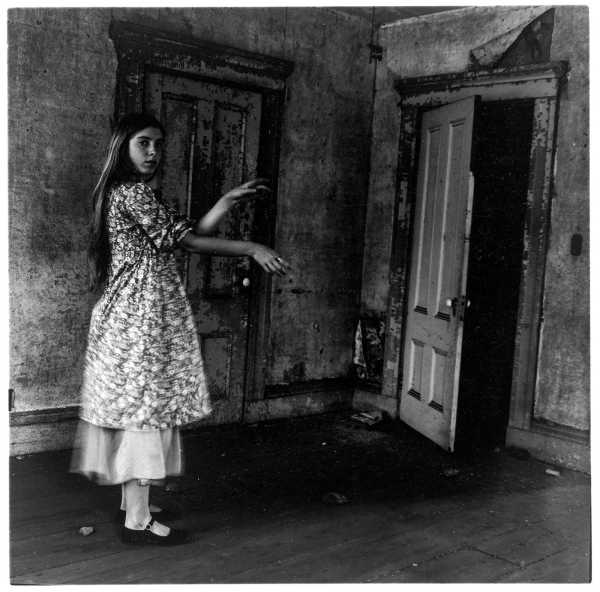
“Untitled,” circa 1975-76.
George gave Francesca her first camera when she was thirteen, and she soon started to make daring images in a haunted, romantic style that was distinctively her own. One picture shows her standing naked save for calf-high white socks, her head out of frame and a shadow falling across her torso, next to a virginal white lily, like the ones she would have seen in countless Renaissance paintings. In another, she has affixed clothespins to her naked torso, which appear almost like a swarm of winged insects biting into her flesh. Anticipating her later obsession with the way that bodies can appear to blur into mist when they move during a long exposure, she made a picture of a figure moving through an aperture in a gravestone, seeming half in this world and half out. When Woodman enrolled at the Rhode Island School of Design, her close friend and RISD classmate Sloan Rankin recently told me, “she came knowing that she was a photographer.”
Get Support
If you are having thoughts of suicide, call or text 988 or chat at 988Lifeline.org.
The remarkable career that followed was tragically abbreviated when, in 1981, Woodman died by suicide, at the age of twenty-two. Since then, Woodman has attained a mythological status in the art world as a symbol of tormented youth, a kind of Sylvia Plath of photography. There is a perverse tendency, in such situations, to treat the artist’s act of self-destruction as somehow a final artistic flourish. But a new show at the Gagosian Gallery, which has just picked up Woodman’s estate, gives us a fresh opportunity to encounter the work on its own terms.
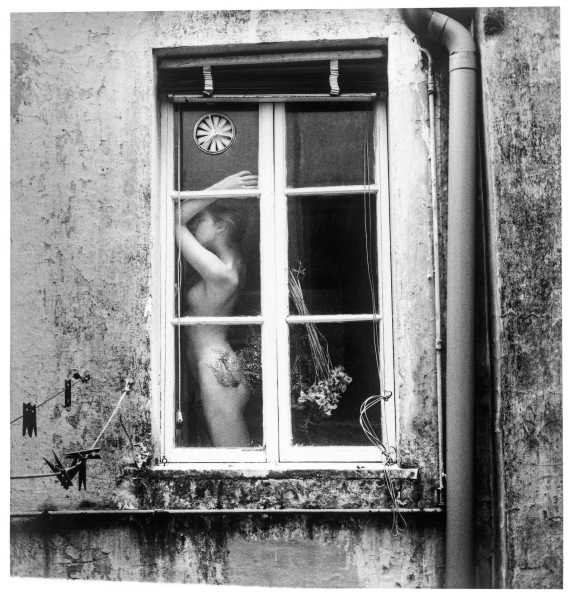
“Untitled,” circa 1977-78.
Much of what we know as Woodman’s mature work was completed as a part of school assignments. When her prints were inventoried after her death, a number of them were still marked with pedagogical descriptors like “Depth of Field” or “Jump ‘Motion.’ ” The Gagosian show features some familiar pictures from this period, most of which were taken in the same abandoned house in Providence. In one image, Woodman appears dressed uncannily like Lewis Carroll’s Alice, her dress in motion and arms poised as if she were conjuring open a door in front of her, which yawns ominously ajar, revealing nothing but inky blackness beyond. In another group of works, Woodman shields her nude body with large pieces of peeled-off wallpaper, an act of rudimentary camouflage that has frequently been compared to Charlotte Perkins Gilman’s feminist parable “The Yellow Wallpaper.”

“Self-Deceit #4,” from the “Self-Deceit” series, 1978.
Rankin, who is now sixty-six years old, often served as a model for Woodman’s photographs. She recalls Woodman back then as brilliant but impulsive and immature: “She was already knowledgeable about the history of art, writing, and everything. She was so, so bright, and she really entertained her mind. But coupled with that she was really like a little kid that wanted sex every night and only to eat maraschino cherries and pastries.” Woodman’s pictures reveal a love for the weathered, the worn, and the darkly sensual, and establish her affinity, whether conscious or not, for the Gothic Surrealism of photographers like Clarence John Laughlin, Ralph Eugene Meatyard, and Frederick Sommer. Yet it was Woodman’s almost monomaniacal focus on herself as a subject that set her apart. Rankin described this lovingly as a manifestation of youthful “narcissism,” though Woodman, in an undated letter, once confessed, “I am as tired as the rest of you of looking at me.” Either way, it is hard to think of a photographer who was more successful in fashioning herself into a kind of otherworldly being.
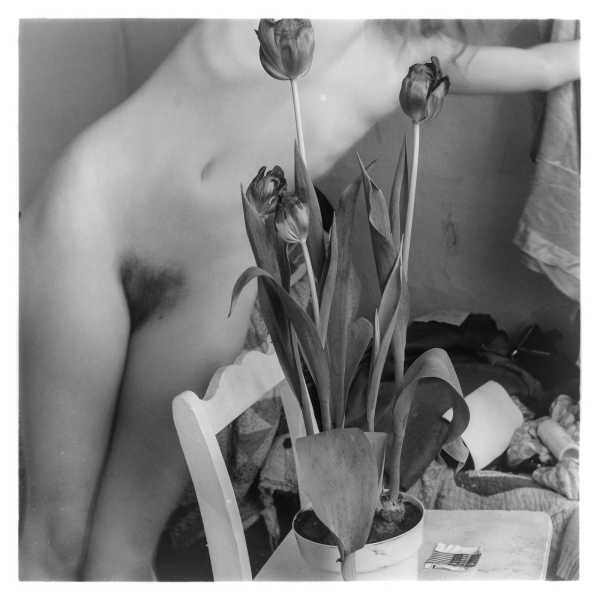
“Untitled,” circa 1979-80.
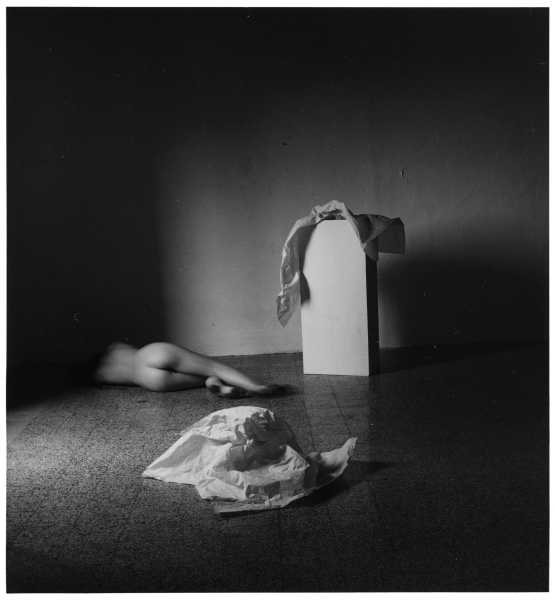
“Untitled,” circa 1977-78.
A significant portion of the Gagosian exhibition is given over to pictures that Woodman made during a year she spent studying abroad in Rome. Rankin, who lived with Woodman throughout that time, told me that Woodman later referred to that period as her “halcyon days.” She and the city were well matched. In a place where every cobblestone can be imagined to echo the footfalls of emperors and saints, Woodman’s operatic vision reached its fullest expression. In one series of works, collectively titled “Self-Deceit,” she is pictured nude against the pockmarked walls of a decaying spaghetti factory that she and Rankin would sneak into, manipulating a sliver of mirror that seems to reflect nothing. A collection of pictures—likely taken in the same factory—shows Woodman in front of a peeling painted wall that resembles a battered Rothko. In one, we find the artist again attempting to blend into her surroundings, this time by coloring the lower half of her body with paint or dirt. Another finds her twisted and bent backward with her arm thrown above her head, her face a mixture of pain and erotic bliss that recalls Bernini’s “Ecstasy of St. Teresa.” “I show you what you do not see,” Woodman once wrote, “The body’s inner force. You cannot see me from where I look at myself.”
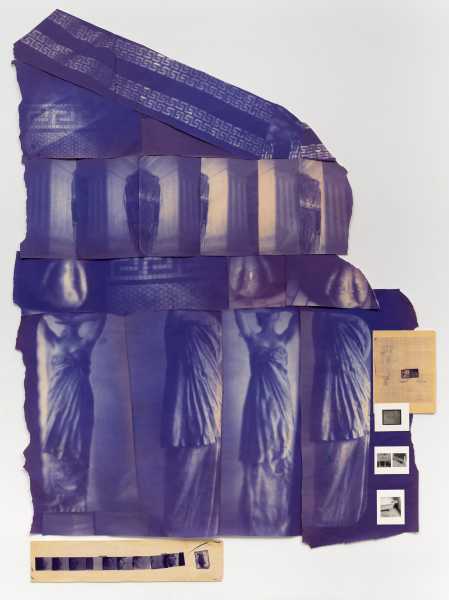
“Blueprint for a Temple (II),” 1980.
The most stunning revelation of the Gagosian show is Woodman’s unseen masterpiece, “Blueprint for a Temple (II),” which takes a more classical approach to the body. An imposing fourteen feet high, the piece is a collection of diazotype prints, photographs, and collage elements that summon the architecture of ancient Greece out of imagery taken from her surroundings in Manhattan. The Greek key patterns inscribed on the floors of tenement bathrooms are repurposed as part of an architectural frieze, and Woodman’s friends—Rankin among them—are transformed into towering caryatids. “It’s funny how while I was living in Italy the culture there didn’t affect me that much,” Woodman wrote, “And now I have all this fascination with the architecture etc, Francesca who as a child visited the Acropolis 3 times and always yawned.” It is a piece that seems to be filled with longing for another time and place.
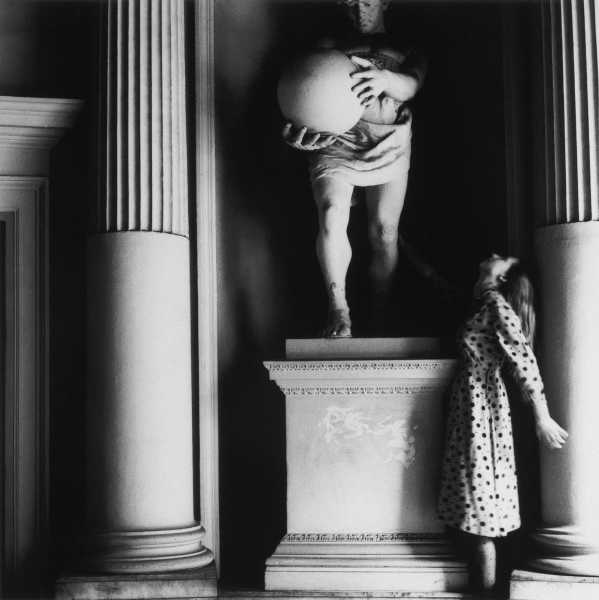
“Untitled,” circa 1977-78.
Woodman struggled to find her footing outside the comfortable confines of school. Success was coming too slowly. She worked menial jobs, which she hated. She tried to hack it in the fashion world, without much success. Rankin, who was living at the time with the up-and-coming art dealer Mary Boone, remembers accompanying Woodman to meet with another downtown dealer, but nothing came of it. Rankin returned to Rome after a financial windfall allowed her to pursue the man she would eventually marry. Woodman wrote her letters expressing her increasing sadness and frustration. She attempted suicide. Her parents sent her to a psychiatrist, who put her on medication. “In the end, I said, ‘Come to Rome,’ ” Rankin recalled. “ ‘New York is tough. We were happy here. Come back.’ She had a ticket to fly to come and see me.” According to Rankin, the ticket was for January 19, 1981. That day, instead of catching her flight, Woodman jumped to her death. In a final, enigmatic entry in her diary, she wrote, “I was (am?) not unique but special. This is why I was an artist . . . I was inventing a language for people to see the everyday things that I also see.”
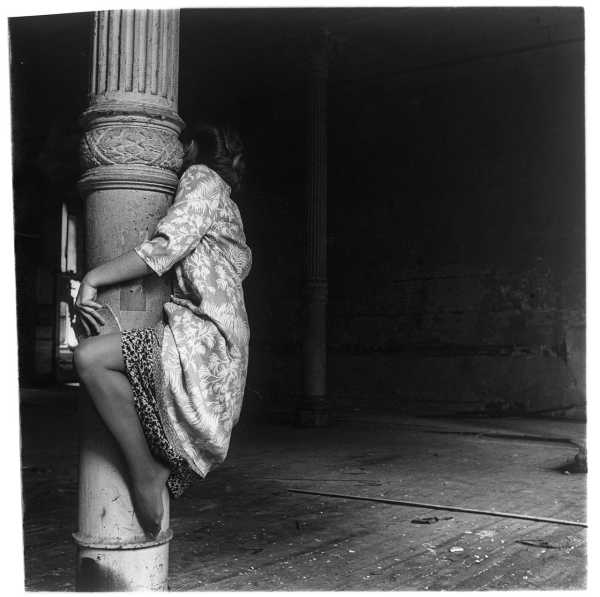
“Untitled,” circa 1979-80.
Sourse: newyorker.com